Tallinn Estonia is a city that weaves history and modern life into a beautiful tapestry. Its medieval Old Town stands out as one of the best-preserved areas in Europe. Walking its cobbled streets offers a chance to step back in time while enjoying the lively buzz of cafes, markets, and friendly locals. If you are curious about castles, churches, and ancient city walls, Tallinn has much to offer beyond just sightseeing. In this blog, we will talk about Tallinn’s landmarks, special foods, transport, and culture in a way that anyone can understand and feel inspired to visit.
Table of Contents

Old Town’s Architectural Heritage and Must-See Landmarks
When you stroll through Tallinn’s Old Town, the first thing you will notice is its very old buildings. The city’s walls and towers tell stories from the 13th century. One famous spot is Toompea Hill, where the tall Alexander Nevsky Cathedral stands with its colorful onion domes. This Russian Orthodox church contrasts with the nearby medieval Estonian parliament building made from pink-and-grey stones. Climbing Toompea gives you a great view of the red roofs below.
For those interested in Gothic architecture and grand cathedrals, St. Stephen’s Cathedral in Vienna offers another rich historical experience close in spirit to Tallinn’s medieval charm.
For a charming stroll through the actual cobblestone streets with stories behind every corner, explore Wandering Tallinn Old Town’s Cobblestone Stories.
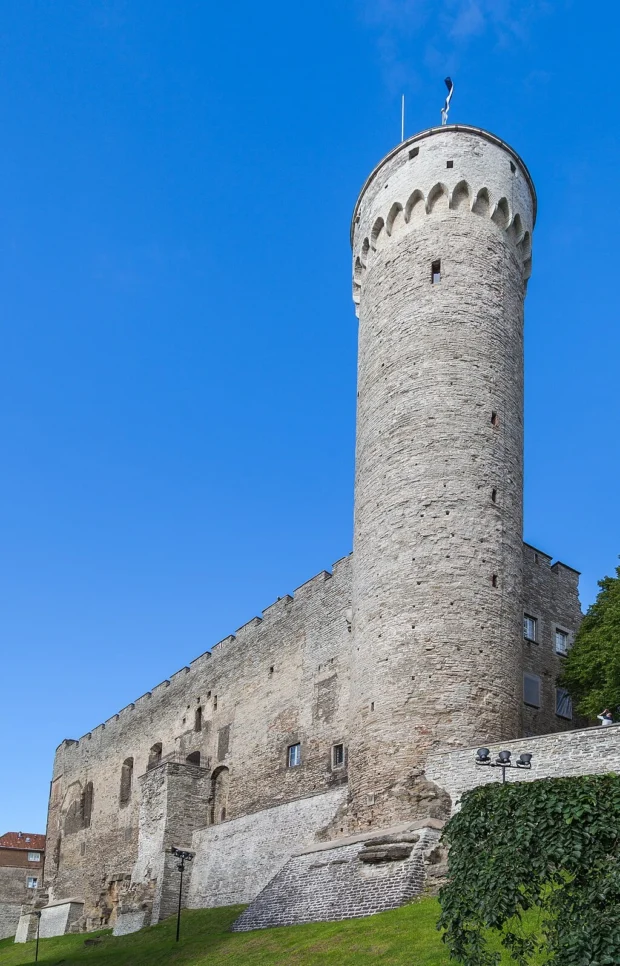
Not far from Toompea is the Tallinn Town Hall, an impressive Gothic building from the 1400s. Its tall spire rises above the town square, where locals and travelers gather. Around the square, you will find medieval merchant houses + small shops. The atmosphere makes you imagine what daily life was like hundreds of years ago.
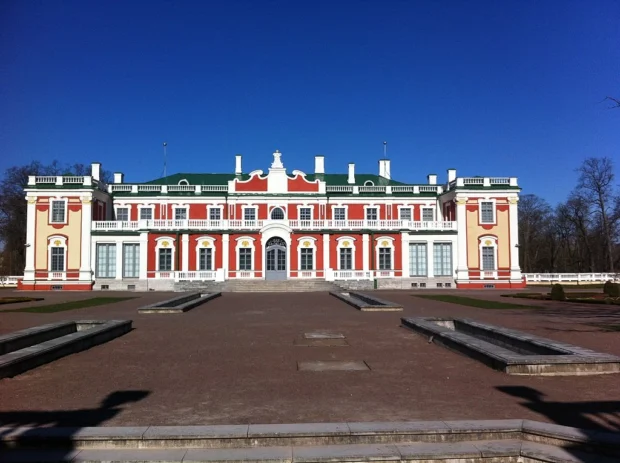
Another hidden gem is the Great Guild Hall. The guilds were powerful groups of merchants in medieval Tallinn, and their hall now hosts concerts and exhibitions. You can learn more about this fascinating aspect of Tallinn’s trading past by visiting the official guild hall.
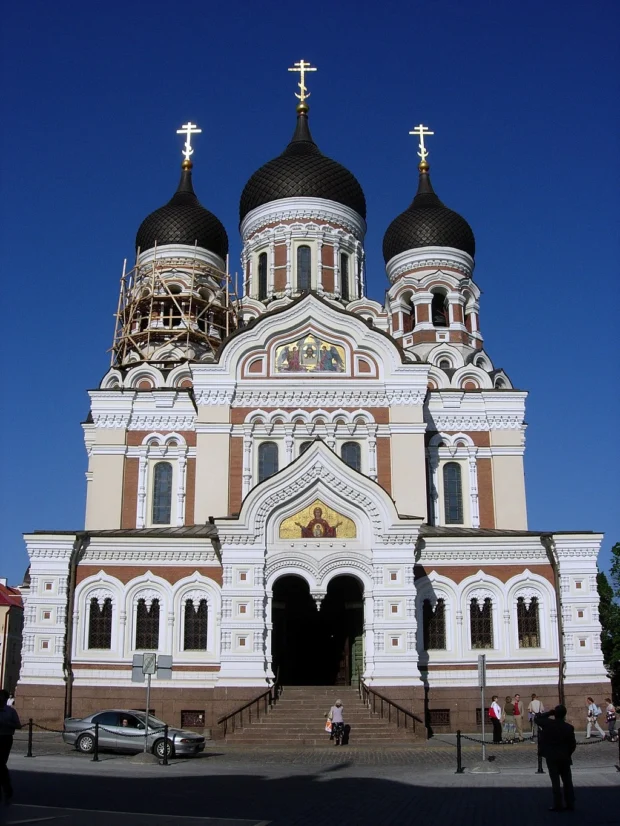
Taste Flavors of Tallinn’s Food and Drink
Eating in Tallinn is its own kind of adventure. Many cafes serve traditional Estonian dishes like verivorst (blood sausage) and mulgi kapsad (sauerkraut stew). For a quick snack, try kohuke, a sweet cheese curd covered in chocolate. We found that the district called Kalamaja, once a fishing village, now full of cozy bistros, is a good place to try these dishes. It combines a seaside mood with modern cafes, offering menus inspired by old recipes with a fresh twist.
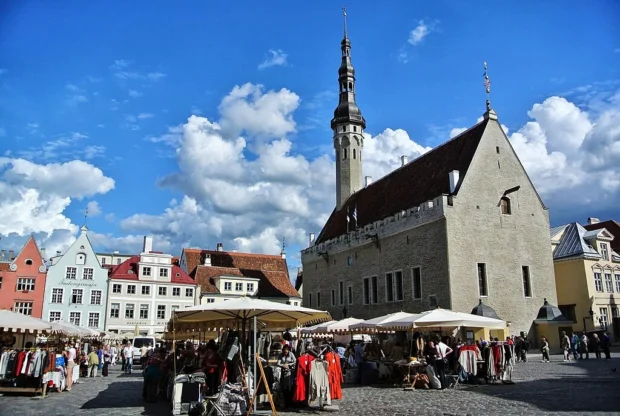
Don’t miss out on trying Estonian rye bread called leib. It is dark, dense, and tastes very different from white bread. Many locals eat it with butter or cheese. At the famous Balti Jaam Market near the train station, we saw vendors selling fresh rye bread, smoked fish, and honey from local farms. It’s a great place to feel the culinary heritage of Tallinn.
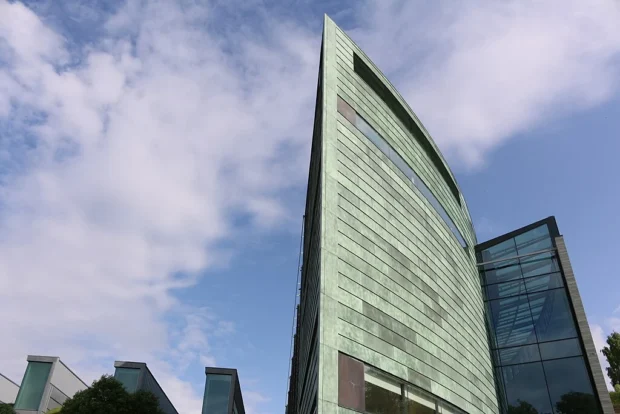
Getting Around Tallinn and Travel Tips
Reaching Tallinn from the airport is easy and affordable. You can take a bus number 2 or 4 from Lennart Meri Tallinn Airport to the city center. The rides are about 20 minutes long. Within the city, public buses and trams are frequent and reliable. It’s best to buy a public transport card at kiosks or online, as paying cash on board is rare.
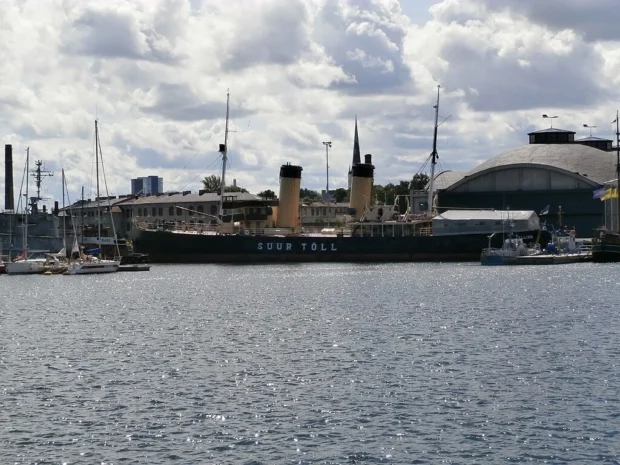
Walking is one of the best ways to see Tallinn, especially the Old Town, where cars are often not allowed. Streets are narrow, and many buildings are centuries old, so strolling slowly allows you to absorb the atmosphere. For those interested in railways, Tallinn’s Baltic Station is a hub with heritage connections to the countryside and neighboring countries. The old station building has classic 19th-century architecture worth a quick visit.
After exploring Tallinn’s charming streets, you might appreciate Cologne’s top landmarks and neighborhoods, offering a different historic and cultural cityscape in Germany. Learn about Cologne’s transport ease and local customs through this guide.
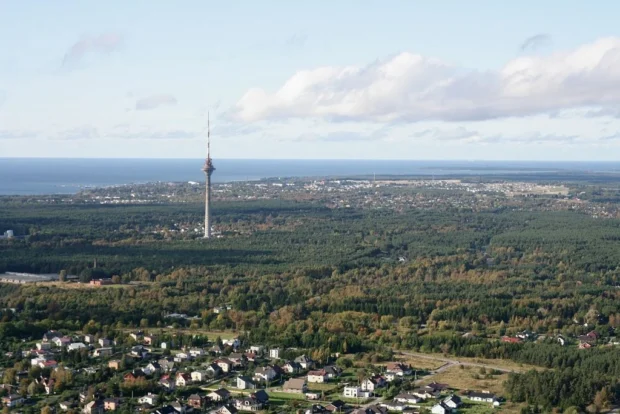
Customs and Friendly Advice for Visitors
Talking with Estonians, we learned some cultural customs that help visitors feel welcome. Estonians may seem quiet at first, but once you start chatting, they are open and friendly. It is polite to greet people with a clear “Tere!” which means “Hello” and sounds like “teh-reh.” When invited indoors, removing your shoes shows respect.
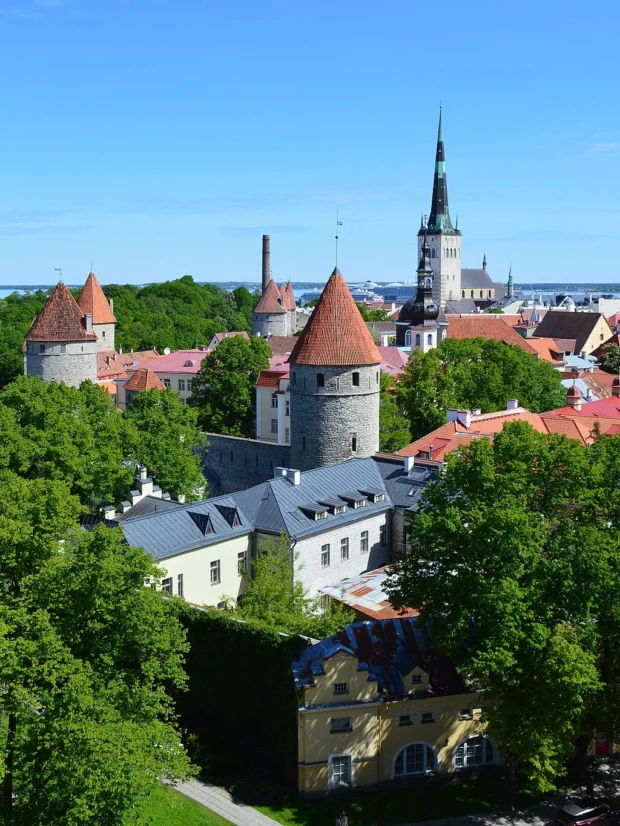
Remember also that loud talking on public transport is frowned upon. People prefer calm and quiet, especially in shared spaces. A small but useful phrase is “Aitäh” (pronounced “eye-tah”), which means “Thank you.” Using it often makes a good impression. If you want to say goodbye, “Head aega” (hed ah-eh-gah) is the phrase to use.
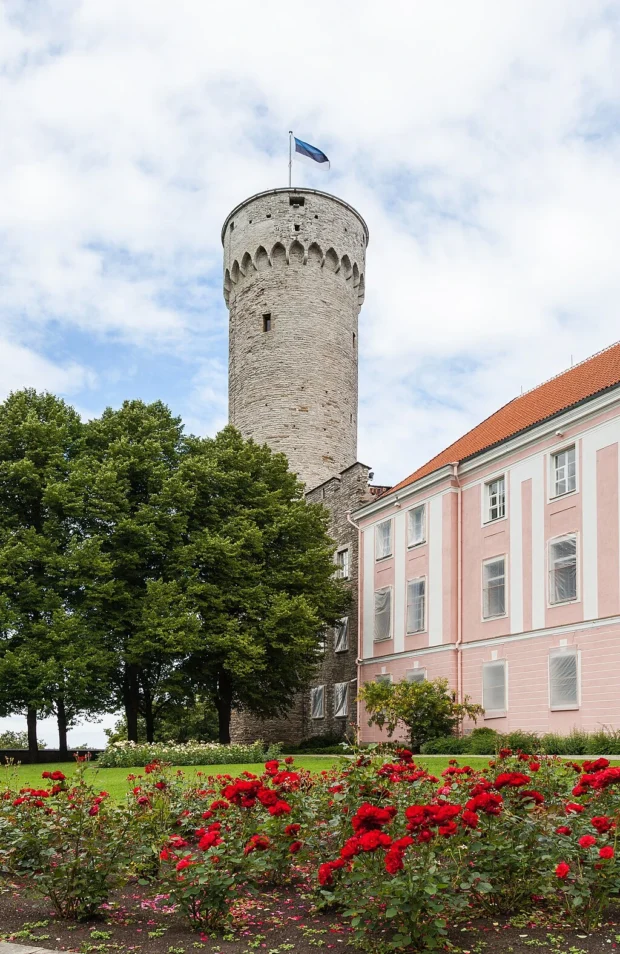
Small Stories and Local Secrets in Tallinn
While sightseeing, we heard a local tale about the “Old Thomas” weather vane on Tallinn’s Town Hall. It is shaped like a knight and has watched over the city for more than 400 years. Legend says that if Old Thomas ever falls, it means danger for Tallinn.
Another curious fact is that Tallinn’s medieval walls once had secret gardens behind them, where citizens grew herbs and vegetables. Today, you can find small parks that hint at these green spaces. It is a peaceful contrast to the busy market streets not far away.
For those who enjoy art and crafts, Tallinn has a strong tradition in ceramics and textiles. We visited small workshops where skilled artisans still use old techniques passed down through generations. Buying a small handmade souvenir from these places supports local culture and makes your memory of Tallinn even more special.
Where to Stay to Feel Tallinn’s Spirit
Choosing accommodation depends on your interests. Many visitors like to stay within walking distance of the Old Town to enjoy easy access to landmarks and lively squares. This area offers a mix of guesthouses and apartments with charming medieval views.
If you prefer quieter places, districts like Kadriorg and Kalamaja are ideal. Kadriorg is known for its park and palace built by the Russian czar Peter the Great, surrounded by museums and gardens. Kalamaja, with its wooden houses and seaside feel, is perfect for those who want a more local, relaxed experience.
Public transport connects these neighborhoods well to the city center, so getting around is never difficult.
Wrapping Up Our Journey in Tallinn
Visiting Tallinn Estonia feels like walking through a living museum where old and new mix in delightful ways. The city’s medieval buildings, rich culinary flavors, and calm yet warm people create a welcoming space. Having some simple phrases like “Tere,” “Aitäh,” and “Head aega” helps break the ice with locals. Whether wandering the Old Town’s stone alleys, tasting traditional dishes, or admiring the art of ceramics, Tallinn offers simple pleasures and deeper stories alike.
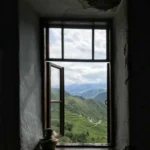
Eastern Europe travel specialist uncovering hidden gems from the Baltics to the Balkans.
- Catedral de Alejandro Nevsky, Tallin, Estonia, 2012-08-11, DD 46 by Diego Delso on Wikimedia Commons – cc by-sa 3.0
- Architectural Detail – Old Town – Tallinn – Estonia – 08 (36025645646) by Adam Jones on Wikimedia Commons – cc by-sa 2.0
- Pikk Hermann, Tallin, Estonia, 2012-08-11, DD 13 by Diego Delso on Wikimedia Commons – cc by-sa 3.0
- Kadriorg, Tallinn, Estonia – panoramio (32) by bynyalcin on Wikimedia Commons – cc by 3.0
- Alexander Nevsky Cathedral by Samuli Lintula User:Samulili on Wikimedia Commons – cc by 2.5
- Old Town of Tallinn, Tallinn, Estonia – panoramio (42) by Ben Bender on Wikimedia Commons – cc by-sa 3.0
- KUMU Eesti Kunstimuuseum 21 by FrDr on Wikimedia Commons – cc by-sa 4.0
- Suur To'll at Quay in Lennusadam in Tallinn 2 July 2013 by Pjotr Mahhonin on Wikimedia Commons – cc by-sa 3.0
- EU-EE-Tallinn-Pirita by Digger on Wikimedia Commons – cc by-sa 3.0
- Tallinn Landmarks 02 by Scotch Mist on Wikimedia Commons – cc by-sa 4.0
- Pikk Hermann, Tallin, Estonia, 2012-08-05, DD 08 by Diego Delso on Wikimedia Commons – cc by-sa 3.0
